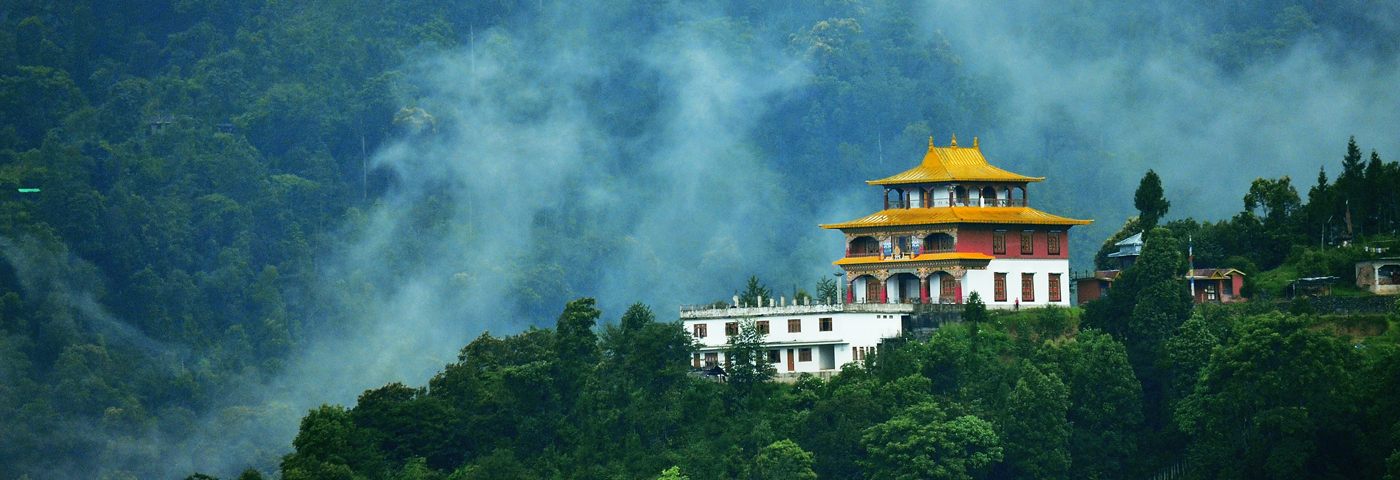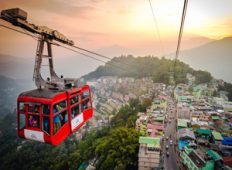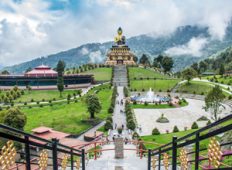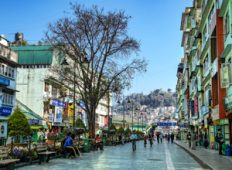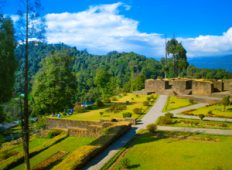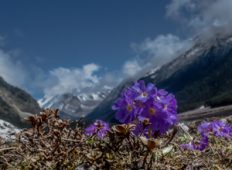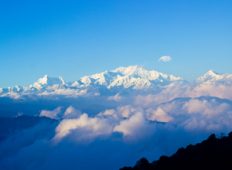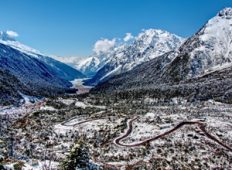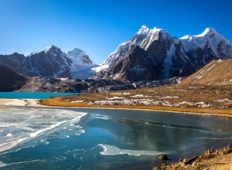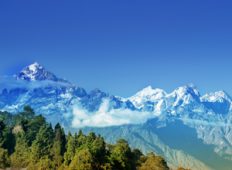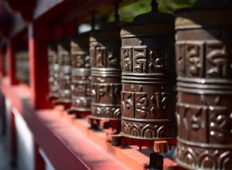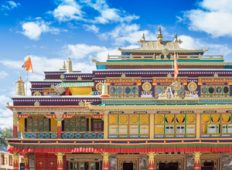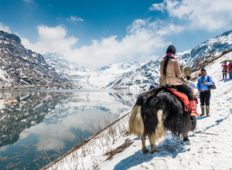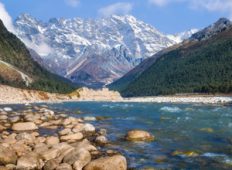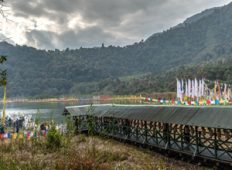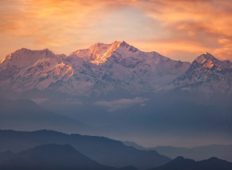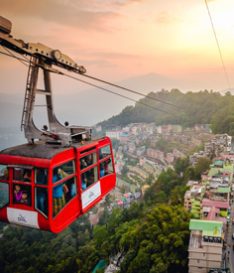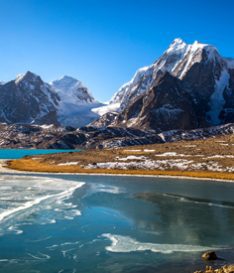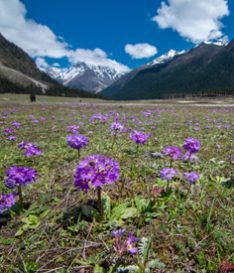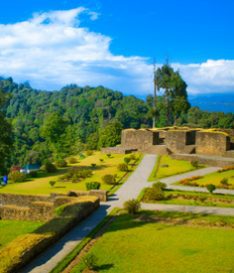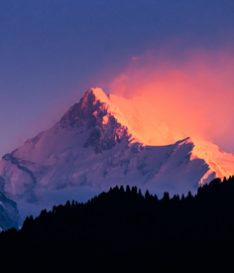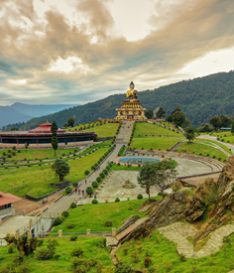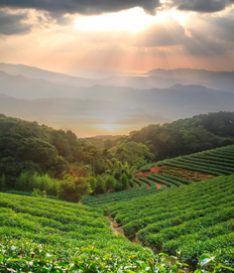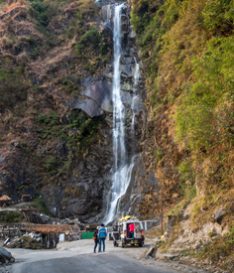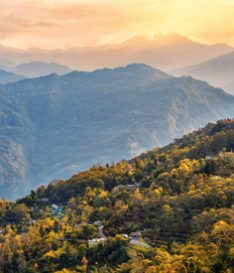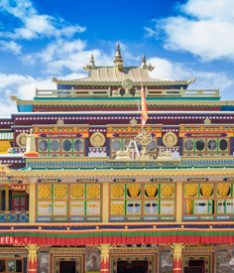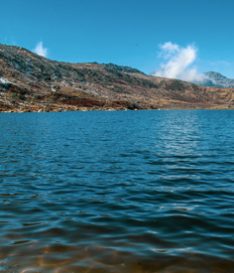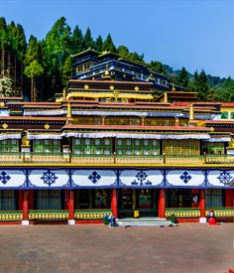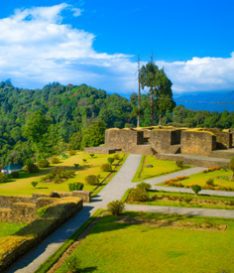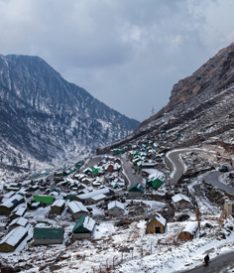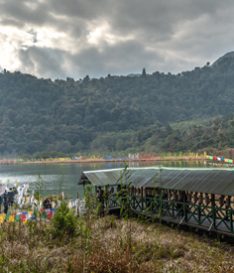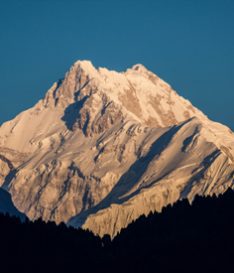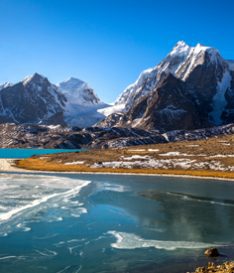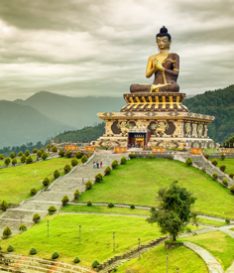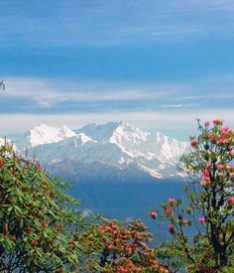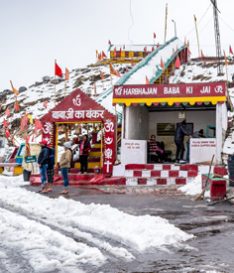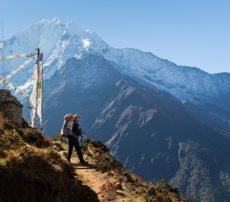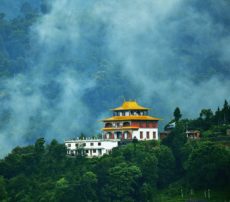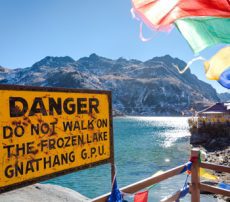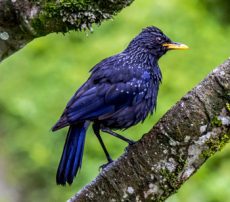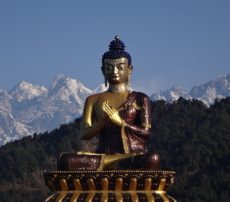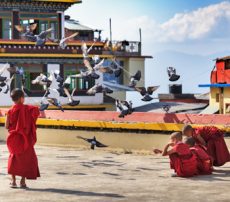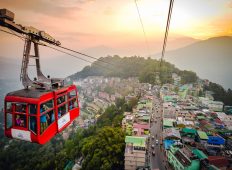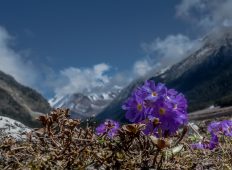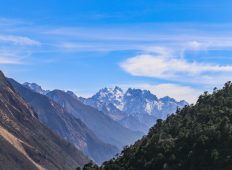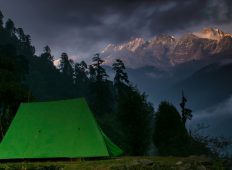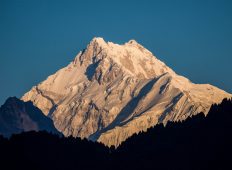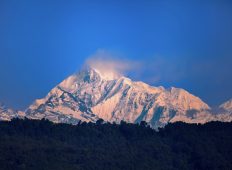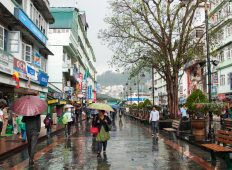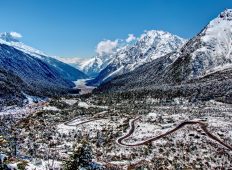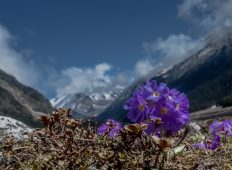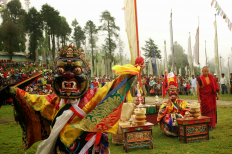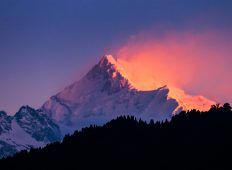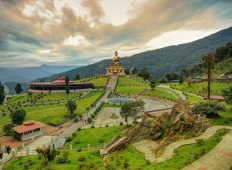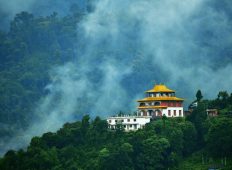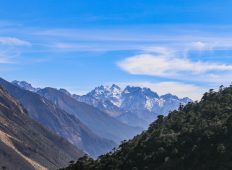CLIMATE OF SIKKIM
Sikkim in northeastern India is a popular tourist destination known for its infinite landscapes and year around welcoming weather. Sikkim majorly experiences four seasons, i.e. Winter – December to February, Spring – March to May, South-West Monsoon – June to September, and retreating Monsoon – October, and November. Sikkim climate is that of the subtropical type in the lower south parts while it is Tundra type in the north.
The northern cold desert of Sikkim is under snow for most of the year. It means that most of the inhabited regions of Sikkim barely experience a temperature in excess of 28 degrees Celsius even during the peak summer season. With its great diversity in landform, even the small 7000 km area of Sikkim experiences tropical, temperate and alpine climate. The close proximity with the Bay of Bengal makes Sikkim faces the best of southern monsoon. Its geographical position makes Sikkim the most humid place in the entire Himalayas.
Monsoon in Sikkim is a spectacle to behold. The rainfall is mostly well distributed and quite intense. Everywhere around is lush green, which makes Sikkim a magnificent spectacle for tourists. June to September is the time for the window for monsoon in Sikkim, and July is considered the wettest month. At some places, the rainfall mark even crosses 5000 mm mark during monsoon. Foggy condition persists almost everywhere around the state during monsoon. The average number of rainy days in Sikkim spans from 100 days (Thangu in North Sikkim) to 184 days (Gangtok in East Sikkim).
Winter in Sikkim goes from heartwarming to the extreme in a matter of few weeks. The places beyond 10,000 feet and above mostly experience sub-zero degree conditions. There are frequent snowfalls in most part of Sikkim during winters, and the temperature rarely goes beyond 13 degrees Celsius. It’s truly remarkable how Sikkim is famed to present 6000 meters of snowline in length during winter months. Quite interestingly, there are places that even experience occasional snowfall even during November or mid-April.
The pre-winter and post-winter season is the most attractive of them all when romantic couples mostly plan a Sikkim honeymoon. September to mid – November and March and May are the months with a magnificent climate. In the former case winter just makes its presence felt with perfect weather and occasional snow, while the latter is the time when the sun is mild, and trees begin to shed their leaves. November is the time for Autumn when Sikkim experience tea and cherry blossom. It’s time for celebrations all around Sikkim, and the entire region is beautiful than ever. People from all around the world visit Sikkim during the period to behold nature’s untarnished beauty at its best.
A word of caution here – Sikkim in monsoon turns trickier with frequent landslides, which makes traveling in high altitude mountains difficult. Besides monsoon, there are times during peak winter when northern frontiers of Sikkim experience a temperature as low as -35 degrees Celsius. The persistent fog makes visibility poor, and transport gets severely affected. But, for Sikkim, everything can be compromised. Afterall, what’s life without thrill!
Get Instant Call Back
Why Choose us ?
What makes us diffrent from other tour package companies

